Fighting Fatigue: Why am I so tired all the time….???
Athletes commonly complain about fatigue and feeling too tired, too often. Granted, many of them wake up at early o-thirty to run, attend a morning spin class, or row with the crew team. Some do killer workouts that would leave anyone feeling exhausted. Many routinely get too little sleep. And the question remains: How can I have more energy?

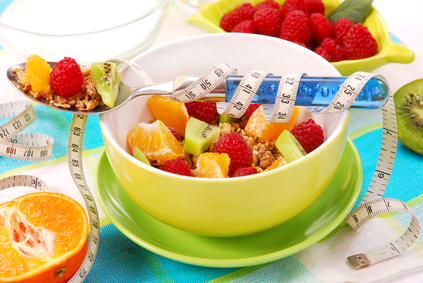

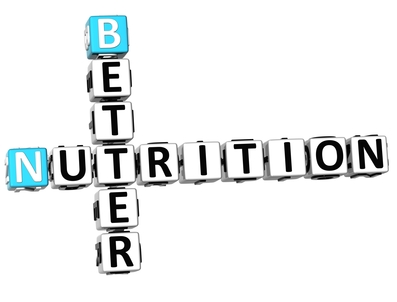
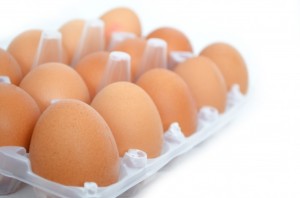 • While consuming 30 grams of protein at dinner is simple (a small chicken breast), boosting protein intake at breakfast and lunch protein can be more of a challenge if you eat on the run. Protein-rich breakfast foods that add 20 to 30 g protein include:
• While consuming 30 grams of protein at dinner is simple (a small chicken breast), boosting protein intake at breakfast and lunch protein can be more of a challenge if you eat on the run. Protein-rich breakfast foods that add 20 to 30 g protein include: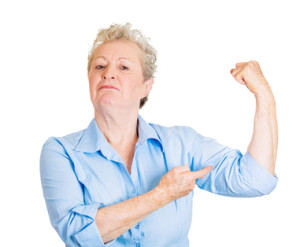

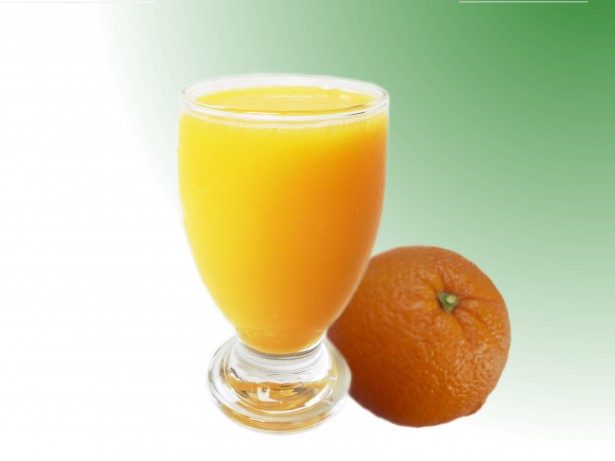

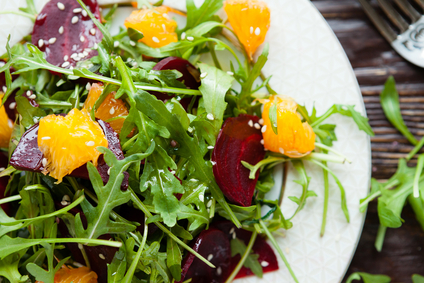
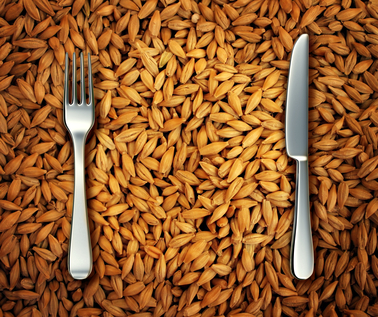
 In general, research has suggested when people overeat, about 85% of the excess calories get stored as fat and the rest gets lost as heat. Overfed fat cells grow in size and in number and provide a storehouse of energy. Obese people commonly have enough fat stores to last a year or more; even lean athletes have enough fat stores to fuel a month or more. Fat can be advantageous during a time of severe illness or a famine.
In general, research has suggested when people overeat, about 85% of the excess calories get stored as fat and the rest gets lost as heat. Overfed fat cells grow in size and in number and provide a storehouse of energy. Obese people commonly have enough fat stores to last a year or more; even lean athletes have enough fat stores to fuel a month or more. Fat can be advantageous during a time of severe illness or a famine. Purposeful exercise: This is what you burn during your workouts. This can vary considerably from day to day.
Purposeful exercise: This is what you burn during your workouts. This can vary considerably from day to day. Here is the fate of the 1,000 excess calories the subjects ate:
Here is the fate of the 1,000 excess calories the subjects ate: Boston-area sports nutritionist Nancy Clark, MS, RD offers one-on-one consults with both casual and competitive athletes. Her private practice is in Newton, MA (617-795-1875). For information about her Sports Nutrition Guidebook (2014) and food guides for runners, cyclists and soccer players, see
Boston-area sports nutritionist Nancy Clark, MS, RD offers one-on-one consults with both casual and competitive athletes. Her private practice is in Newton, MA (617-795-1875). For information about her Sports Nutrition Guidebook (2014) and food guides for runners, cyclists and soccer players, see